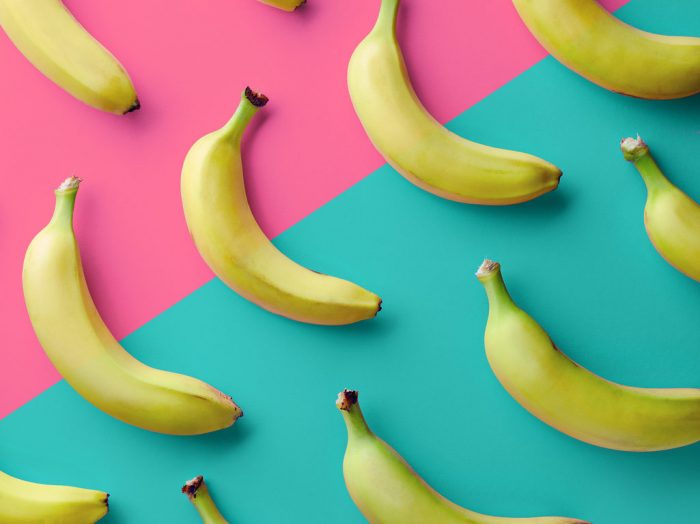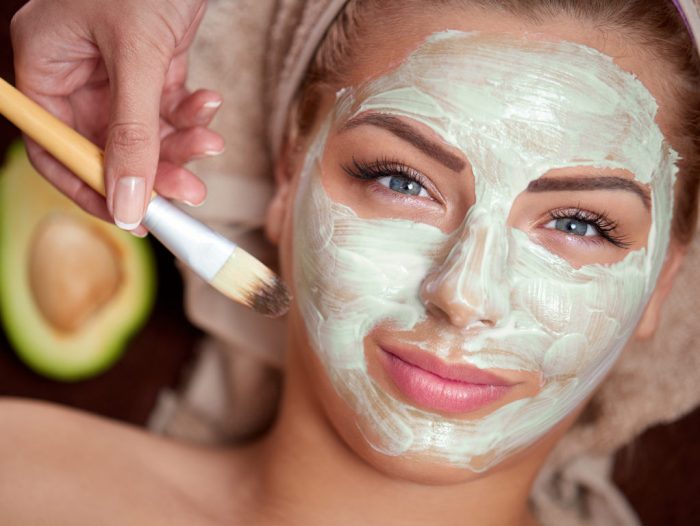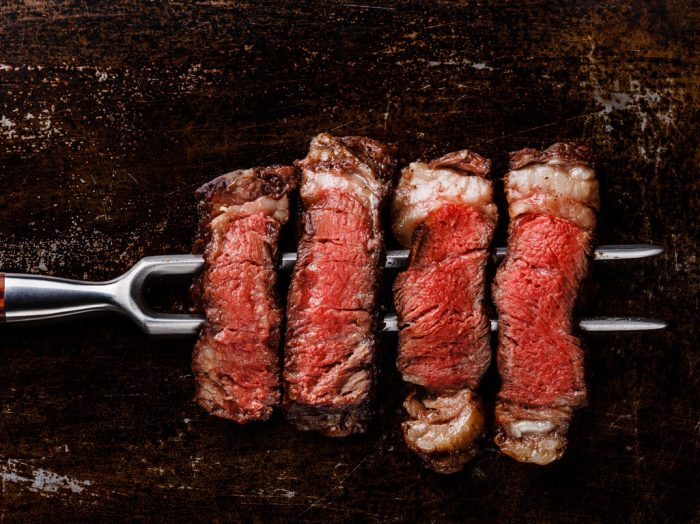It might be your favorite snack. Maybe your go-to breakfast on the go. It’s rich in nutrients and minerals, and you can’t imagine life without it. But what if we told you that bananas are going extinct? And what is being done to prevent this?
The fact that bananas are going extinct is by no means news. The problem is a fungus, a clone of the Panama disease called “Tropical Race 4”. This originated in Indonesia, in the 1960’s, and it spread to Taiwan, China, and the rest of Southeast Asia. Then it jumped to Pakistan, Lebanon, Jordan, Oman, Mozambique, and Australia. This fungus, which at the moment is unstoppable, threatens to affect all of the banana plantations in the world.
Bananas are going extinct: not a new thing
The thing is that this has happened before. The banana crops we have now are Cavendish bananas. But from around 1900 to the mid-’50s, America consumed Gros Michel bananas, also known as Big Mike, a different type. It was thicker and tasted better, according to specialists. The Gros Michel type still exists, but it’s a very niche product. That’s because an earlier version of Tropical Race 4, namely Race 1, destroyed the crops in about 50 years and caused $2 billion damages.
Cavendish is very resistant to Race 1, so it replaced the Gros Michel variety immediately. But the problem right now is that there is no new type of banana resistant to Tropical Race 4, so this time, it could be the end for banana smoothies everywhere.
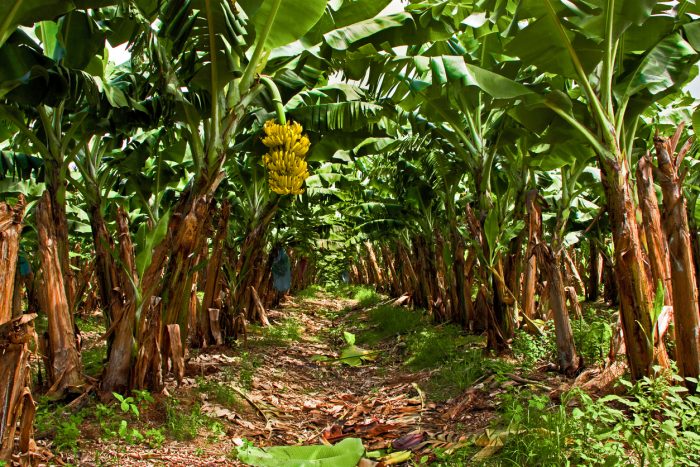
What can be done?
The fungus has spread all over the world in Cavendish plantations – which are about 95 percent of the plantations in the world. The United Nations has urged the countries which export Cavendish bananas to come up with solutions for fighting the fungus. The problem is that Tropical Race 4 is a very slow-developing threat. As opposed to violent outbreaks like Ebola or Zika virus, this one takes a long time to spread from plant to plant. It infects the soil. So by the time the producers observe that they have a fungus problem in the plantation, it might already be too late to save the fruit.
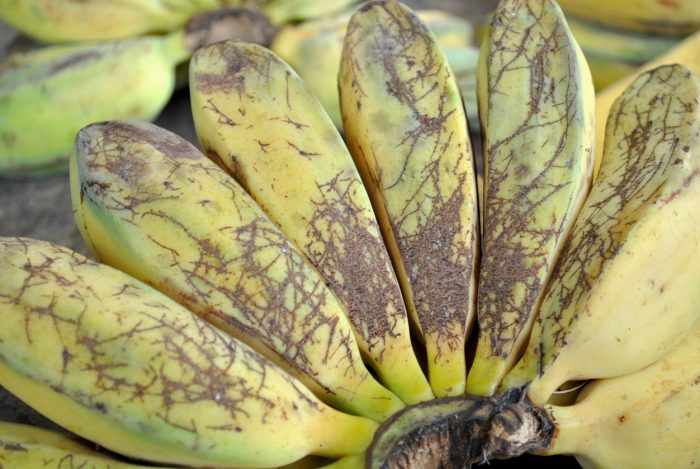
A quarantine might be a solution, but the fungus is very difficult to contain. Even something as simple as muddy shoes from the infected soil can spread the fungus to another location. Fungicide doesn’t work because Tropical Race 4 infects the plants on the inside, where they can’t be reached or fought. And right now there aren’t any fungicides effective against this kind of fungus.
Even we’ve genetically modified bananas in the past, any change to the Cavendish could make it unrecognizable to clients. They are also tough to breed. And even harder to produce after you do. It’s no wonder bananas are going extinct, right?
What can you do?
One of the solutions you have right now is trying some of the other types of bananas which are available out there. Cavendish is very popular because the bananas are easier on the eyes for consumers. Varieties like Saba or East African Highland might not have the shape we all know and love but are in fact tastier than Cavendish.

